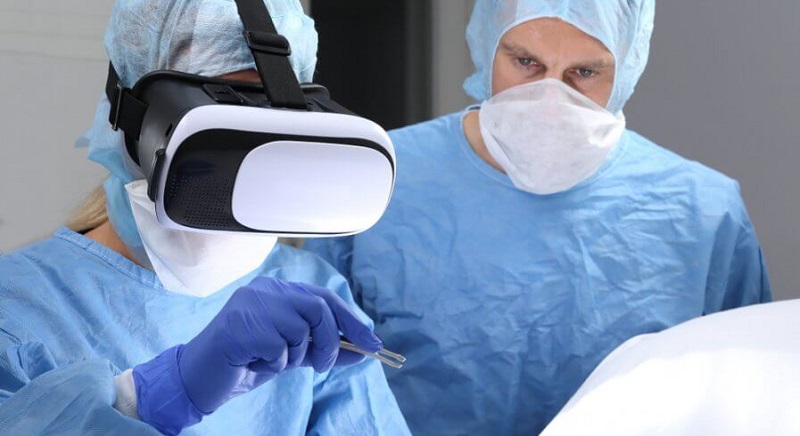
Digital twins in medicine: the future of treatments and surgeries
The use of digital twins in medicine could be the future in treatments and surgeries. The goal is to create a personalized “digital clone” of human anatomy so that doctors can “work in advance” with virtual reality to avoid making mistakes, avoid wasting time, improve planning and obtain better results.
While the term digital twins is only a few years old, it is shaping up to be the next jump between the physical and the virtual world. Grosso modo, a digital twin consists of recreating a virtual model of any object present in the physical world, with updated information -through the use of big data- on all the factors that surround it. In this way not only can you see a digital replica, but you can also, in a certain way, foresee the future and the changes that the object will suffer, according to your circumstances.
In the case of digital twins in medicine, as I mentioned before, they intend to reconstruct, digitally, each of the organs of a patient to review it with pinpoint precision and in this way obtain more accurate diagnoses.
Digital twins in cardiology: the living heart project

The French company Dassault Systèmes has developed The Living Heart Project, a software to create digital twins whose function is to scan the heart of a patient and recreate it in a virtual way so that it can be analyzed in detail by specialists.
With special glasses and a control such as a virtual reality video game, doctors who have scanned a human heart can review it by manipulating the workspace and exploring each part of the organ in a scale.
These digital twins were created to specifically check with 3D models the heart of the person and deduce what is the best treatment.
“We can reconstruct the anatomy of a person, we can predict their biological responses and the day will come when we can use this tool to decide a medication, a device or an intervention for a specific person,” explained the cardiology specialist and teacher in Harvard, Elazer Edelman.
For its purpose, the team behind this project has worked in two scenarios:
- In the first, it is a virtual operating room in which the surgeon can check the patient’s body on a table to predict surgical interventions.
- In the second, it is the revision to scale of the human heart to review every corner of the organ of a specific patient.
Virtual patients, another challenge for digital twins in medicine
Understanding the patient individually is one of the great challenges for physicians and with the existing technology can get an approximate result, not a specific response for a patient, said the project director, Steve Levine.
For Carlos Mejía, partner and director of OFI.com.mx, the technological advancements achieved with the support of a digital twin could bring great health benefits to the future in the medical area.
With the digital twins, we intend to create a virtual replica of all the organs to make accurate diagnoses and perform a surgery before they are performed.
“For now, the French company has only scanned the human heart. The goal would be to scan more organs, “he said.
Mejía considered that being a new technology, it would take several years for this method to be accessible and its use common in hospitals around the world.
More digital twins in medicine: neurosurgery
In addition to this French project, another system to create digital twins in medicine is Surgical Theater, which has been able to scan the human brain so that doctors can practice before performing surgery.



Average Rating